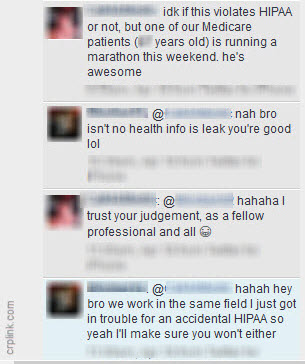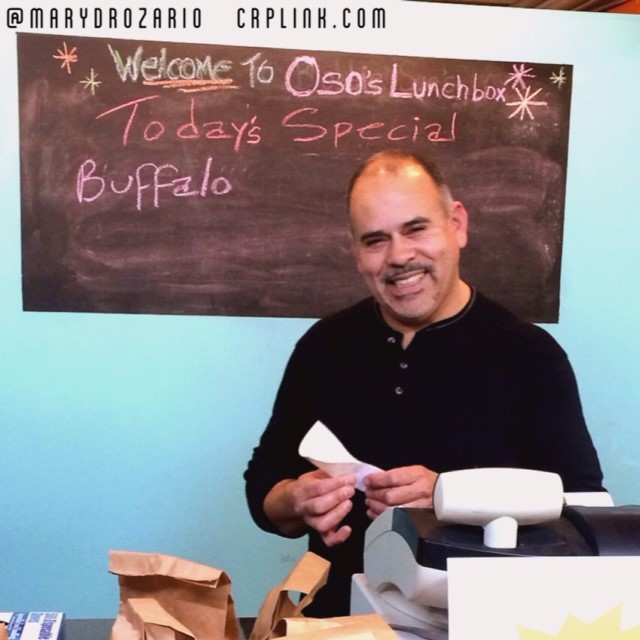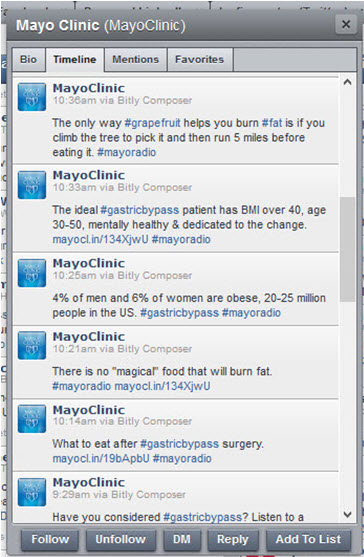Failing to engage with the viral plea to provide compassionate use experimental medication to eight-year-old Josh Hardy was a maddening, self-destructive disaster for the pharmaceutical industry. When #SaveJosh trended top 5 on Twitter, the public wasn't just engaged with clinical research, they were really, really engaged and pharma was silent.
Whether or not to give the child the experimental medication is an excruciating and gut-wrenching ethics muddle in itself. The topic of engagement is about the conversation. It is about the hundreds of meetings and millions of dollars trying to get the public engaged, but then being completely silent when they were. When people are in pain and need to hear from you, silence is contempt. Ignoring the public wasn't just pharma stabbing itself in the foot, it was pharma stabbing the customers in the heart.
On Monday, the typical news report* contained little information beyond the fact that the child's doctors wanted the drug, everyone wished it might save his life, and the finger pointing to Chimerix in Cary, NC. Even if a news outlet had wanted to provide more context, where were they going to obtain it on the viral news cycle?
Major media reported that Chimerix provided a link to this ethics document [PDF] from BIO. That's great if you are writing a term paper but completely irrelevant as a reply to viral breaking news. Chimerix is a 55-person company that does not have the resources to both engage in the business of responding to the core situation, as they were doing, and also respond to the public outcry. The term paper was the best they could get their hands on.
BIO and PhRMA are large organizations formed in part to advance the voice of their members, but they have yet to find a voice that can respond to social media engagement. They may think they respond. Both organizations have large websites with lots of stuff. But is that stuff contextually available information for social sharing? Go to each website and see if you can find what they would like to see quoted in a blog post about compassionate use.
Remember, you are a blogger who has no background information on compassionate use, you are outraged about the #SaveJosh story (Facebook link, Twitter feed link- can be viewed without a Twitter account), and you are giving BIO and PhRMA the gift of a few minutes of your time and the opportunity to be heard as you write an impassioned plea to your readers. The organizations could have alert boxes reading "Background information related to current news trends" on their front pages, but they don't. Instead, the search bar on BIO doesn't even turn up the term paper. The search bar in PhRMA turns up a long list of irrelevant material.
That blogger who really wanted to provide his readers with background information and context? He couldn't get it from these organizations. If the blogger searches for compassionate use on Google, top returns are from the FDA, Wikipedia and some patient and disease advocacy organizations which provide information on how the compassionate use process works but do not anticipate the level of engagement where the reader starts to ask ethical questions.
The workers of pharma development were the people who engaged on the human-to-human level, providing that context anonymously and often against company policies. Self-described pharma insider "Liz in Seattle" posted a long and thoughtful explanation of the ethical issues as a comment on the CNN version of the story. Her comment was appreciated with more than 4,000 likes, stayed as the top comment the entire day of the crisis and remains there today. She even came back several times to answer questions and provide even more engagement and context. On news report comment sections, blogs, chat boards and social media channels across the country, it was people like Liz in Seattle helping the public develop their understanding of this extremely painful story.
[What do you think? Should viral stories be engaged? When the viral story is about very small biotech, who should engage? Let me know in the comments.]
The people of Chimerix have surely been through the wringer, but you can't tell that from their website. The website URL has been posted countless times in the last week, yet aside from press releases their website is unmoved and unchanged. The link to the BIO ethics article, reportedly provided to the media, isn't there for direct communication with the public. The email address for a compassionate use program that reportedly does not exist, which so outraged social media, is still there without any additional context provided.
Throughout the crisis, Chimerix chose to use neither their website nor their Twitter feed to communicate directly with a public that was communicating directly with them. They relied on the news media to tell their story even though thousands of people received the message to go to their website. Outdated news media-based PR in 2014 becomes a Kafkaesque game of telephone: instead of addressing the people right in front of you, you whisper what you want to say to your PR rep, who in turn whispers it to authorized news media outlets, who then are way over there blaring something that may or may not have anything to do with the input you gave them. But this whole time time public is sitting there staring at your website and your Twitter feed demanding an answer from you: Why not direct your response to them?
Would it have mattered if Chimerix had put an alert box on the front page of their website simply acknowledging the social media outcry at the height of the crisis? The company wasn't unmoved; I have no doubt that the CEO is not heartless. For a company without the resources to bring their website up-to-date and relying on old-fashioned PR methods, the smallest possible direct communication intervention, the alert box, would help communicate transparency, openness and humanity.
Meaningful response materials from BIO and PhRMA will help improve public engagement. Of course, that means accepted that the educational material is as useful to a small biotech trying to explain its decisions as it is to a small movement like #SaveJosh trying to shepherd its supporters through an educational process. Real engagement means the tools of communication serve everyone.
Posting material on social media at the right time so that communicators at all levels can find it contextually would help. This wasn't the first compassionate use crisis and it won't be the last. No one can claim that these industry organizations are unaware this material is needed. The problem is that pharma has been so focused on what kind of engagement we can get out of the public that we've dropped the ball on what kind of engagement we can give.
![[Pharma has] dropped the ball on what kind of engagement we can give.](http://static1.squarespace.com/static/56d99b1a9f726613800df3b0/56f1abaf5f21e0d31c5a58a2/56f1abb15f21e0d31c5a58f4/1458678705003/pharmahasdroppedtheball.jpg?format=original)
----
*The typical news report has since been updated with more context without providing an audit trail to original versions. When making a call for transparency, I'm looking at you too major media.
Graphic background photo credit: Unknown Photographer, Dr. Lance Liotta Laboratory, AV-8803-3199 March 1988, US Government Public Domain
Version history:
17MAR2014 9:15AM Two grammatical errors updated.

![[Pharma has] dropped the ball on what kind of engagement we can give.](http://static1.squarespace.com/static/56d99b1a9f726613800df3b0/56f1abaf5f21e0d31c5a58a2/56f1abb15f21e0d31c5a58f4/1458678705003/pharmahasdroppedtheball.jpg?format=original)




